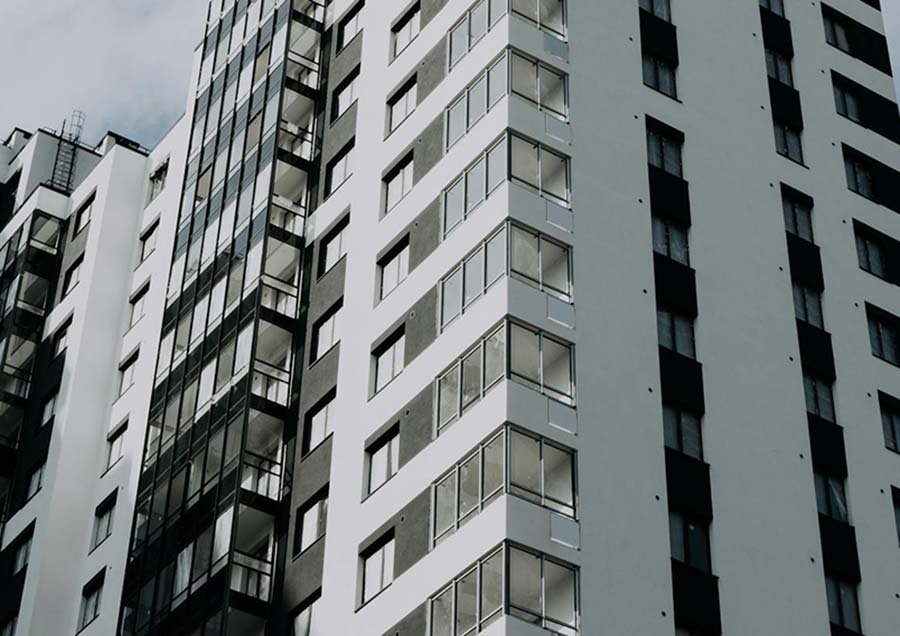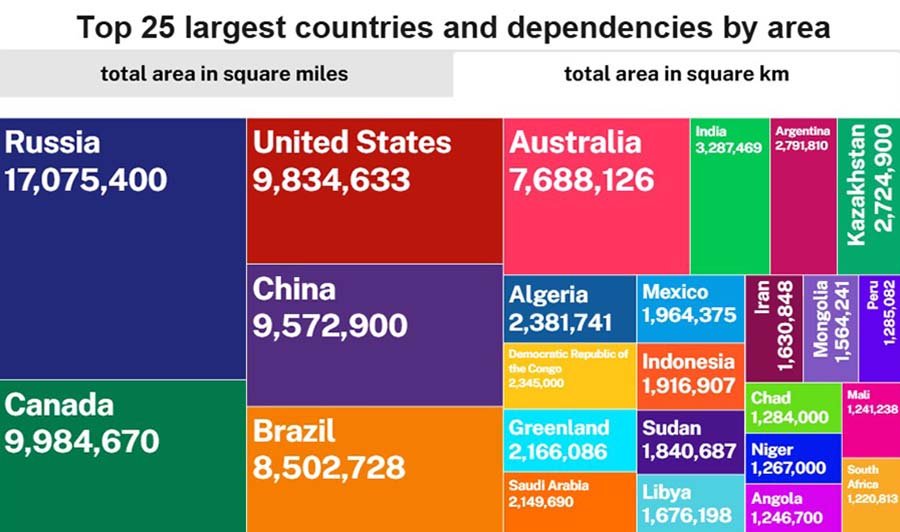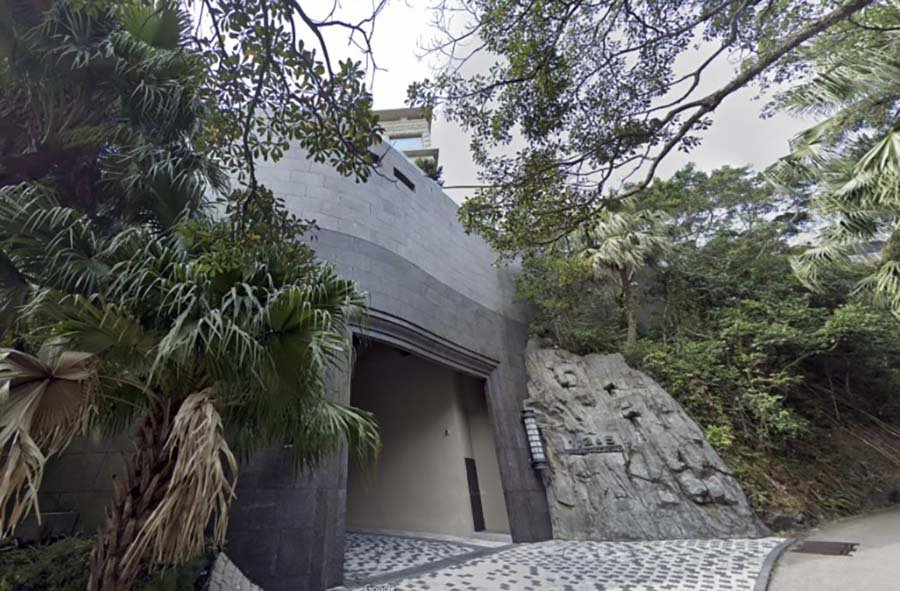читайте также
 Spain proposes new housing tax
Spain proposes new housing tax
 Global House Price Index by Knight Frank: Price Dynamics in 2025
Global House Price Index by Knight Frank: Price Dynamics in 2025
 Hungary Plans to Check Income from Property Rentals and Cryptocurrency Trading
Hungary Plans to Check Income from Property Rentals and Cryptocurrency Trading
 The Largest and Smallest Countries in the World: Britannica Ranking
The Largest and Smallest Countries in the World: Britannica Ranking
 London Offices Attract Investors from Japan and the U.S.
London Offices Attract Investors from Japan and the U.S.
 Mansion in Hong Kong sold for $140 million: record of the year
Mansion in Hong Kong sold for $140 million: record of the year
Housing in Sweden: rising sales and prices in 2025

Photo: Unsplash
In Q1 2025 housing prices in Sweden increased by 2.86% year-on-year, reports Global Property Guide. In real terms, adjusted for inflation, growth stood at 1.95%, but quarter-on-quarter a decline of 0.11% was recorded. The market recovery is accompanied by revived sales and cheaper mortgage loans, though the weak economy limits the potential for stronger growth.
Regional dynamics
The average price of a detached house in Sweden reached 4.05 million SEK (€369,865) in Q1 2025. The most expensive remains the capital region at 6.99 million SEK (€637,729), where annual growth was 4.75%. The sharpest increase was seen in Central Norrland: plus 12.17% nominally and 11.65% in real terms. A similar trend is observed in Western Sweden (+6.49%) and Småland with islands (+6.29%). In Southern Sweden prices rose 5.36%, in Northern Central 5.18%, in Eastern Central 5.13%, and in Upper Norrland 4.28%.
In Greater Stockholm prices fell by 1.2% compared to the previous quarter (-1.4% in real terms), in Greater Gothenburg they rose by 1.1% (0.9% in real terms). In Greater Malmö the quarterly correction was deeper – minus 1.7% (-1.9% real), despite notable annual growth.
Demand for housing is steadily recovering. In 2022–2023 transaction volumes decreased by 7% and 16.8%, but in 2024 sales rose by 13.2% to 52,797. In Q1 2025 the figure grew by 14.6% – to 11,557. Across major regions the trend looks similar. In Greater Stockholm transactions rose almost 20% year-on-year, in Gothenburg about 15%, in Malmö over 17%. The three largest metropolitan areas set the tone for recovery, while the rest of the regions accounted for more than half of all sales, ensuring a stable geographic distribution of activity.
Mortgage market
Between 2009 and 2021 falling mortgage rates led to a housing boom: in Stockholm prices almost doubled (up nearly 90%), far outpacing income growth and rental levels. High valuations combined with heavy indebtedness made the market vulnerable, and in 2022–2023 prices collapsed by almost 30% in real terms. According to UBS, the bubble risk dropped significantly after this correction.
Swedish authorities have tried for years to curb overheating through amortization requirements: loans with an LTV above 50% require mandatory annual repayment of part of the debt. If the loan-to-income ratio exceeds 4.5, an additional amortization is imposed. These measures slowed price growth but did not prevent the sharp fall once rates started to rise.
Between 2019 and 2023 the Riksbank steadily raised its key rate from negative territory to 4%, pushing average mortgage costs up to 4.7% in spring 2023. This caused demand to slump and credit volumes to shrink. Since April 2024 the reverse phase began: six cuts totaling 1.75 p.p. lowered the key rate to 2.25%.
In April 2025 new housing loans were issued at an average of 3.13%. For contracts with floating rates or short fixes the level was about 3.1%, for 1–5 years around 3.14%, and for 5–10 years 3.4%. Better conditions for the first time in several years boosted issuance, though high debt burdens remain a serious risk.
Rent: yields and rates
The rental market in Sweden provides moderate yields, which have slightly declined – from 5.64% at the end of 2024 to 5.56% in Q2 2025. In Stockholm the average stands at 4.23%, but a studio in the central district can generate 5.73%. Such a unit costs over €303,000, with a rental rate of about €1,500 per month. If you buy a one-bedroom apartment for €275,655 and rent it out for €1,288, you could achieve 5.61% annually.
In Gothenburg the average yield is 4.96%. The most profitable are one-bedroom apartments in the center – up to 7.11%. Their price is around €220,000, with recommended rent of €1,304. Studios are also attractive, capable of generating 6.34% – with a lower purchase cost of around €183,000 and rent of €965.
In Malmö the average yield is 6.02%. The highest values are shown by one-bedroom units at 6.77%. Price – more than €161,000, rent – €909. The highest yield according to experts is in Uppsala – 7.04%. Three-bedroom apartments costing €246,203 can provide 8.31% annually with a rent of €1,704.
In 2024 rental costs in Sweden increased by 6.1% on average, to 7,664 SEK (€699) per month. In Stockholm the rate rose 5.9% to 8,612 SEK, in Gothenburg by 6% to 7,808 SEK, and in Malmö by 7.9% to 8,667 SEK. Rents are set through negotiations between tenant and landlord associations, while the private sector is guided by social housing prices. This reduces volatility but limits the potential for sharp yield growth.
Foreign buyers
The foreign segment remains relatively stable. In 2024 non-residents owned 37,973 cottages, 0.5% fewer than in 2023. That’s about 6% of all holiday homes in the country. The highest concentrations are in Kronoberg, where foreigners own 36.5% of properties, and Värmland – 23.1%. In Jönköping the share is 13.1%, in Blekinge and Kalmar around 10%. In Stockholm, Uppsala and Södermanland foreigners own less than 1% of cottages. By nationality Norwegians lead (32.1%), followed by Germans (29.8%) and Danes (25.3%).
Exchange rate dynamics also influenced foreign interest. From January 2022 to September 2023 the krona lost 12.5% against the euro, making Swedish cottages more affordable for EU investors. Since then the situation has changed: the currency has strengthened about 8.7%, and in May 2025 the average rate was 10.89 kronor per euro. This partly reduces the price advantage for foreign buyers.
Economic indicators
Inflationary pressure in Sweden has almost vanished. In May the consumer price index rose just 0.2% year-on-year – the lowest since November 2020 and well below the Riksbank’s 2% target. Just two years earlier inflation had reached 9.7%, and in 2023 it was still nearly 6%. Slowing prices allowed the central bank to switch to rate cuts, supporting the housing market.
In 2023 Sweden’s budget showed a small surplus, but in 2024 a deficit of 104 billion SEK (€9.5 billion) or 1.5% of GDP was recorded. By year-end government debt rose by 124 billion to 1.15 trillion SEK (€105 billion) or 33.5% of GDP – one of the lowest in the EU.
Sweden’s GDP fell 0.1% in 2023, grew 1% in 2024, and in Q1 2025 the economy expanded 0.9%. The European Commission forecasts 1.1% growth this year and 1.9% in 2026. The IMF is more optimistic – 1.9% and 2.2% respectively. With weak consumption growth and business caution, the key factor for housing remains lower borrowing costs, while the broader economic environment offers limited support.
Key market risks
On paper yields of 5–7% look attractive, but real results are much more modest. Maintenance costs, taxes, vacancy periods and limited room for rent increases play a major role. As a result many investors record net yields of 2.5–4%, comparable to conservative bonds but with much higher risks and lower liquidity.
The main vulnerability of the Swedish market is household indebtedness. Rates, though lower, remain above those seen during the boom, and any new wave of monetary tightening could again cool demand. An additional risk factor is the slow economy: with weak GDP growth and restrained income dynamics, household purchasing power remains under pressure.
For foreign investors krona volatility complicates matters: the recent strengthening has partly offset the price advantage gained in 2022–2023. Thus the combination of low net yields, currency risks and general economic uncertainty makes the market less clear-cut than it may appear at first glance.
Подсказки: Sweden, real estate, housing market, property investment, mortgages, rental yields, foreign buyers





